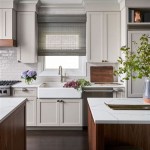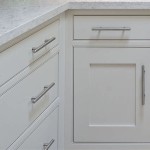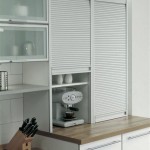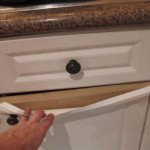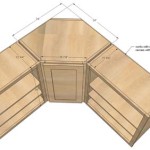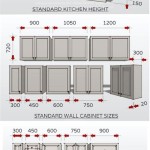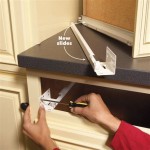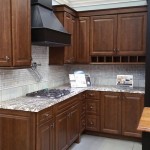Essential Aspects of Kitchen Cupboard Door Stops
Kitchen cupboard door stops are often overlooked components in kitchen design, but they play a crucial role in protecting both your cabinets and floors. These small but mighty devices prevent cupboard doors from slamming shut, which can cause damage to the hinges, door frames, and surrounding walls. They also help reduce noise and provide a more controlled closing motion. Choosing the right door stops for your kitchen is essential for maintaining the longevity and aesthetics of your cabinetry.
Types of Kitchen Cupboard Door Stops
There are several types of kitchen cupboard door stops available, each with its advantages and disadvantages:
- Magnetic Door Stops: Magnetic door stops use a magnet attached to the cabinet frame and a metal plate on the door. When the door is closed, the magnet attracts the plate, preventing it from slamming shut. These are easy to install and very effective.
- Spring-Loaded Door Stops: Spring-loaded door stops have a spring mechanism that extends when the door is opened. When the door is closed, the spring compresses, providing a gentle stop. These are more adjustable than magnetic stops but may not be as durable.
- Hydraulic Door Stops: Hydraulic door stops use a hydraulic piston to provide a smooth and controlled closing motion. These are the most expensive type of door stop but offer the best performance and longevity.
- Rubber Bumpers: Rubber bumpers are simple and inexpensive adhesive-backed pads placed on the inside of the cabinet frame. They absorb shock and prevent the door from making contact with the frame.
- Floor-Mounted Door Stops: Floor-mounted door stops are mounted on the floor and have a rubber or felt tip that contacts the bottom of the cupboard door. These are ideal for preventing the door from hitting the floor itself.
Factors to Consider When Choosing Kitchen Cupboard Door Stops
When choosing cupboard door stops, consider the following factors:
- Cabinet Material: Magnetic door stops require metal surfaces to attach. If your cabinets are made of wood or laminate, you will need to consider other options.
- Door Weight: Heavier doors require stronger door stops. Spring-loaded and hydraulic door stops are better suited for heavier doors.
- Desired Level of Resistance: Choose door stops that provide the level of resistance you prefer. Magnetic stops offer the most resistance, while rubber bumpers provide the least.
- Installation Method: Consider the ease of installation when choosing door stops. Magnetic and rubber bumpers are the easiest to install, while hydraulic door stops require more technical expertise.
- Aesthetics: Choose door stops that complement the style and finish of your kitchen cabinets. Some door stops are more discreet, while others can add a decorative element to your cabinetry.
Proper Installation and Maintenance
Follow the manufacturer's instructions carefully when installing kitchen cupboard door stops. Ensure that the stops are securely fastened to both the cabinet frame and the door. Regularly check the door stops for wear and tear and replace them as needed to ensure optimal performance.
Conclusion
Kitchen cupboard door stops are essential hardware that helps protect your cabinets and floors from damage. By choosing the right type of door stops for your kitchen and installing them properly, you can enjoy the benefits of controlled door closing, reduced noise, and extended cabinet life.

Random Stop Kitchen Door Support Cabinet China Lid Stay Made In Com

What Are Door Stoppers Definition Of

Ez Close Cabinet Damper Stops A Door Slam

How To Stop Your Cabinet Doors From Hitting Walls And Other Cabinets

Clear Cabinet Door Bumpers Self Adhesive Diameter Rubber For Drawer Stoppers Glass Tops Picture Frames Kitchen Furniture Dampening Noise Temu

Cupboard Door Stop Closer Stoppers Damper Buffer Wardrobe Cabinet Catch C

Cupboard Door Restrictor G Johns Sons

Cabinet Door Bumpers 400 Pcs Self Adhesive Clear Cupboard Drawer For Kitchen Cabinets Cutting Boards Picture Frames Ca

Restricting Cabinet Door Swing

Kitchen Cabinets 9 Easy Repairs Diy Family Handyman
Related Posts

